We often think about spring cleaning our homes this time of year, but what about spring cleaning our diets?Removing those winter dust bunnies and letting in the fresh air is a lot like what our bodies go through when we make a shift in diet and nutrition, like one toward the philosophy of clean eating.
So Fresh and So Clean…
Clean eating is a trendy term that’s gotten a lot of attention lately, along with other dietary buzzwords like “Paleo diet” and “gluten-free.”
The idea is pretty simple. Eat “whole foods” and cut out processed ones, balance portions, and eat more frequent and smaller snacks and meals. It’s fresh food in its whole, natural state, like organic fruits and vegetables, legumes, healthy oils, nuts, etc. Chances are if it’s in a box, it’s highly processed and full of preservatives.
Another hallmark of clean eating is portion control through a balance of proteins, healthy carbohydrates and produce. As a whole, advocates of clean eating will tell you it’s more than just about losing weight, although you’ll likely shed a few pounds eating this way.
Two local area professionals specializing in clean eating and nutrition agree that it’s a “whole health” lifestyle, not just a diet.
“To me, clean eating is whole foods, real foods and unprocessed foods, as close to nature as possible,” says Dr. Donna Kulp of Kulp Chiropractic in Reading, who focuses on teaching her patients nutritional skills for the long term. “I really want people to understand the logic and that it’s not magic or a big mystery. I try to teach people how to do this and how to eat for their lifetime, not just to lose 10 pounds.”
Tracy Benson of Lighten Up Nutrition in Wyomissing says clients usually come to her with an initial goal of losing weight or getting help with health issues like diabetes. She says they quickly learn they are getting more than a new way to eat. “Ultimately, what happens is they have a much higher quality of life,” she explains. “It really isn’t about weight loss.”

Let the Healing Begin…
Sadly, many of us don’t think about the foods we put in our bodies and the direct impact they have on our health, our mood or our longevity. “My clients are generally bright people who don’t want to take a pill or drink a shake and follow some gimmicky formula,” Benson says. “They are sick and tired of feeling sick and tired.”
She often finds that it is what her clients think they know about nutrition that is their biggest downfall. One common mistake is eating too many processed carbohydrates in one meal that offer little or no protein. As Benson explains, this causes blood sugar levels to plummet soon after, which creates exhaustion. “They really don’t know that they are carb overloading and that they are tired because of it. There needs to be a carb and protein ratio and a balance to what they eat.”
She suggests clients eat 5-6 small balanced meals and snacks throughout the day to keep blood sugar levels stabilized. They are less likely to be hungry quickly and need that extra caffeine from a coffee or soda to boost energy.
Many of Benson’s clients suffer from diabetes. She sees clients significantly reduce and sometimes no longer need medication altogether when they follow her clean eating plan. “A lot of the approach was to count carbs and take medication,” she says. “I just try to simplify nutrition. All carbohydrates are not the same.”
Kulp also sees many misconceptions with her patients regarding nutrition, like with milk and dairy.
“So many people are lactose intolerant or sensitive and they are totally unaware of it. People think they need dairy to get calcium,” says Kulp. “You can get more calcium from a dark green leafy vegetable than from milk.”
She uses blood tests and other comprehensive screenings with patients to better understand their body and digestive system, then pinpoints nutrition and supplements based on her findings. She discovers many patients are taking medication for heartburn, reflux and stomach pain.
“We have so many GI [gastrointestinal] problems that are fixable by diet and lifestyle. We are over-eating and over-indulging,” she says.
“I like to say we are working on a cellular level,” Kulp says. “When we find out you have high blood pressure or high cholesterol or you’re 40 pounds overweight, we don’t give you just a diet; we give you a lifestyle so you can maintain your own health in the future.”

Time is Money…
Both Benson and Kulp say clean eating doesn't have to take more time or even an increased grocery budget.
“It doesn’t take more money to eat healthy,” Benson says. “Just know where your food is grown and where it’s coming from and buy local.” And Kulp says that when clients begin replacing sugary drinks and processed snacks, they find there’s more in the budget for cleaner, organic food.
“Time is the biggest issue they have and this excuses how they have to eat at the drive through,” Kulp says. “I give them recipes and ideas on how to make food and prepare it a week at a time. Buy things and make them in advance. You don’t have to cook every single day.”
Benson also uses meal planning to help clients see that good food doesn’t have to take more time.
“People just don’t understand how simple cooking is,” she says. She stages her weekly food prep her dining room table and makes all her meals and snacks at once for the week. She makes large portions of foods like soup and grains that can be easily adapted each day by adding fresh produce, meats or nuts.
Organic is Best
Both nutritionists recommend buying organic and non-GMO (genetically modified) food. Kulp says it’s a must, especially if clients are juicing or making smoothies.
“If you use non-organic fruits or vegetables, you end up with a cocktail of pesticides. There is up to six times more pesticide on fruits and veggies when they are not organic. And they end up in the fat tissue. In our abdomen and, in women, in our breast tissue. We even see pesticides in the cord blood of a newborn.”
Many patients familiarize themselves with a list called “The Dirty Dozen.” A group called Environmental Working Group (EWG) compiles a list each year of produce that has the highest pesticide residue amounts. In 2015, the list included apples, peaches and nectarines. They also compile “The Clean 15,” which includes produce that is minimally affected and holds the smallest amount of pesticide residue. Avocados, pineapple and cauliflower topped the cleanest list last year.
Eat Better, Age Better
One thing is clear to both Benson and Kulp in their practices: many of their clients are aging poorly and dealing with long-term health issues because of poor nutritional choices.
“Many people think that what they are feeling is just part of the aging process. They think that they are just going to be old and tired and fat. They think high cholesterol and heart disease are a natural part of aging, and they are not,” says Benson. “It’s not about living forever; it’s about improving our health and having the highest quality of life while we are here.”
“Food is really medicine,” says Kulp. “And we need to know what kind of medicine we need to take to get well.”
SOURCES
Kulp Chiropractic Clinic Inc. Nutrition and Wellness Center
610.208.0404
Lighten Up NutritionCounseling Services
610.478.7766
We often think about spring cleaning our homes this time of year, but what about spring cleaning our diets?Removing those winter dust bunnies and letting in the fresh air is a lot like what our bodies go through when we make a shift in diet and nutrition, like one toward the philosophy of clean eating.
So Fresh and So Clean…
Clean eating is a trendy term that’s gotten a lot of attention lately, along with other dietary buzzwords like “Paleo diet” and “gluten-free.”
The idea is pretty simple. Eat “whole foods” and cut out processed ones, balance portions, and eat more frequent and smaller snacks and meals. It’s fresh food in its whole, natural state, like organic fruits and vegetables, legumes, healthy oils, nuts, etc. Chances are if it’s in a box, it’s highly processed and full of preservatives.
Another hallmark of clean eating is portion control through a balance of proteins, healthy carbohydrates and produce. As a whole, advocates of clean eating will tell you it’s more than just about losing weight, although you’ll likely shed a few pounds eating this way.
Two local area professionals specializing in clean eating and nutrition agree that it’s a “whole health” lifestyle, not just a diet.
“To me, clean eating is whole foods, real foods and unprocessed foods, as close to nature as possible,” says Dr. Donna Kulp of Kulp Chiropractic in Reading, who focuses on teaching her patients nutritional skills for the long term. “I really want people to understand the logic and that it’s not magic or a big mystery. I try to teach people how to do this and how to eat for their lifetime, not just to lose 10 pounds.”
Tracy Benson of Lighten Up Nutrition in Wyomissing says clients usually come to her with an initial goal of losing weight or getting help with health issues like diabetes. She says they quickly learn they are getting more than a new way to eat. “Ultimately, what happens is they have a much higher quality of life,” she explains. “It really isn’t about weight loss.”

Let the Healing Begin…
Sadly, many of us don’t think about the foods we put in our bodies and the direct impact they have on our health, our mood or our longevity. “My clients are generally bright people who don’t want to take a pill or drink a shake and follow some gimmicky formula,” Benson says. “They are sick and tired of feeling sick and tired.”
She often finds that it is what her clients think they know about nutrition that is their biggest downfall. One common mistake is eating too many processed carbohydrates in one meal that offer little or no protein. As Benson explains, this causes blood sugar levels to plummet soon after, which creates exhaustion. “They really don’t know that they are carb overloading and that they are tired because of it. There needs to be a carb and protein ratio and a balance to what they eat.”
She suggests clients eat 5-6 small balanced meals and snacks throughout the day to keep blood sugar levels stabilized. They are less likely to be hungry quickly and need that extra caffeine from a coffee or soda to boost energy.
Many of Benson’s clients suffer from diabetes. She sees clients significantly reduce and sometimes no longer need medication altogether when they follow her clean eating plan. “A lot of the approach was to count carbs and take medication,” she says. “I just try to simplify nutrition. All carbohydrates are not the same.”
Kulp also sees many misconceptions with her patients regarding nutrition, like with milk and dairy.
“So many people are lactose intolerant or sensitive and they are totally unaware of it. People think they need dairy to get calcium,” says Kulp. “You can get more calcium from a dark green leafy vegetable than from milk.”
She uses blood tests and other comprehensive screenings with patients to better understand their body and digestive system, then pinpoints nutrition and supplements based on her findings. She discovers many patients are taking medication for heartburn, reflux and stomach pain.
“We have so many GI [gastrointestinal] problems that are fixable by diet and lifestyle. We are over-eating and over-indulging,” she says.
“I like to say we are working on a cellular level,” Kulp says. “When we find out you have high blood pressure or high cholesterol or you’re 40 pounds overweight, we don’t give you just a diet; we give you a lifestyle so you can maintain your own health in the future.”

Time is Money…
Both Benson and Kulp say clean eating doesn't have to take more time or even an increased grocery budget.
“It doesn’t take more money to eat healthy,” Benson says. “Just know where your food is grown and where it’s coming from and buy local.” And Kulp says that when clients begin replacing sugary drinks and processed snacks, they find there’s more in the budget for cleaner, organic food.
“Time is the biggest issue they have and this excuses how they have to eat at the drive through,” Kulp says. “I give them recipes and ideas on how to make food and prepare it a week at a time. Buy things and make them in advance. You don’t have to cook every single day.”
Benson also uses meal planning to help clients see that good food doesn’t have to take more time.
“People just don’t understand how simple cooking is,” she says. She stages her weekly food prep her dining room table and makes all her meals and snacks at once for the week. She makes large portions of foods like soup and grains that can be easily adapted each day by adding fresh produce, meats or nuts.
Organic is Best
Both nutritionists recommend buying organic and non-GMO (genetically modified) food. Kulp says it’s a must, especially if clients are juicing or making smoothies.
“If you use non-organic fruits or vegetables, you end up with a cocktail of pesticides. There is up to six times more pesticide on fruits and veggies when they are not organic. And they end up in the fat tissue. In our abdomen and, in women, in our breast tissue. We even see pesticides in the cord blood of a newborn.”
Many patients familiarize themselves with a list called “The Dirty Dozen.” A group called Environmental Working Group (EWG) compiles a list each year of produce that has the highest pesticide residue amounts. In 2015, the list included apples, peaches and nectarines. They also compile “The Clean 15,” which includes produce that is minimally affected and holds the smallest amount of pesticide residue. Avocados, pineapple and cauliflower topped the cleanest list last year.
Eat Better, Age Better
One thing is clear to both Benson and Kulp in their practices: many of their clients are aging poorly and dealing with long-term health issues because of poor nutritional choices.
“Many people think that what they are feeling is just part of the aging process. They think that they are just going to be old and tired and fat. They think high cholesterol and heart disease are a natural part of aging, and they are not,” says Benson. “It’s not about living forever; it’s about improving our health and having the highest quality of life while we are here.”
“Food is really medicine,” says Kulp. “And we need to know what kind of medicine we need to take to get well.”
SOURCES
Kulp Chiropractic Clinic Inc. Nutrition and Wellness Center
610.208.0404
Lighten Up NutritionCounseling Services
610.478.7766
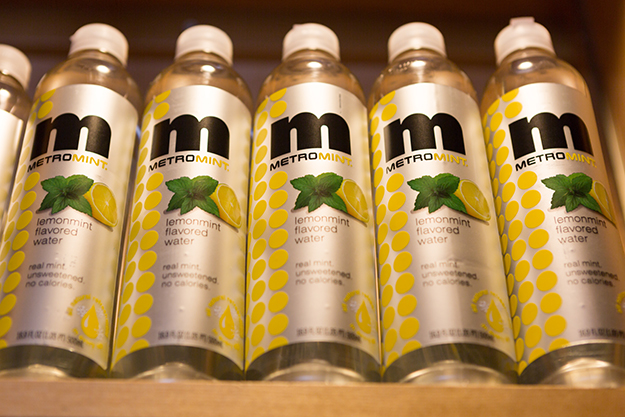
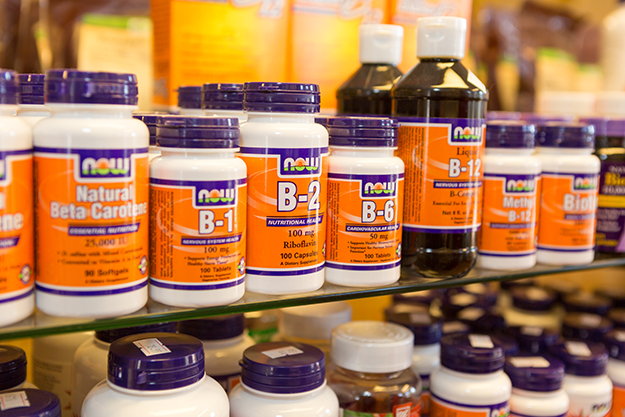
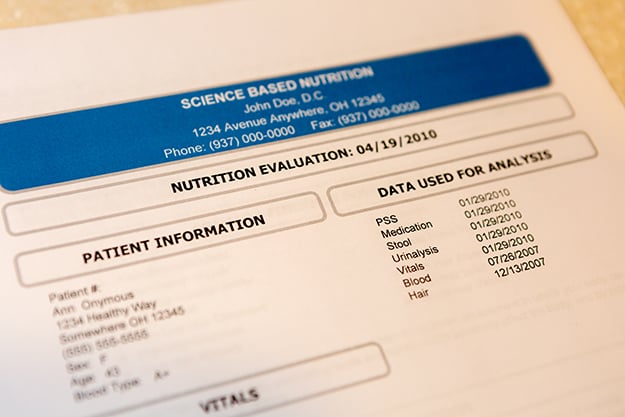
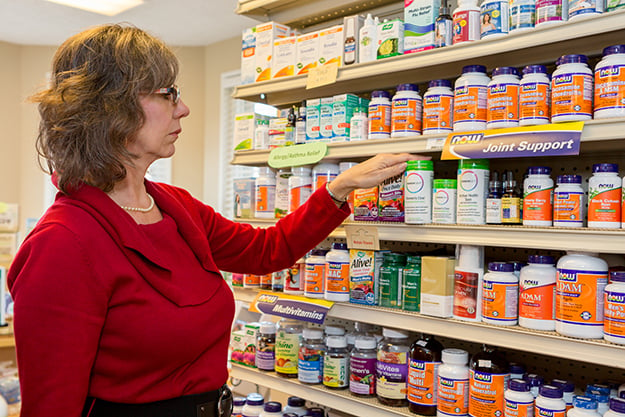
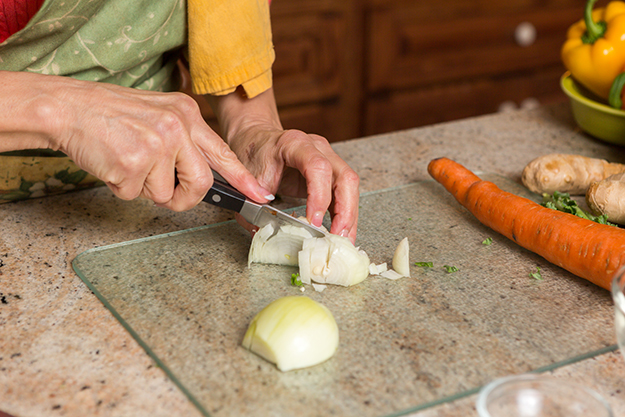
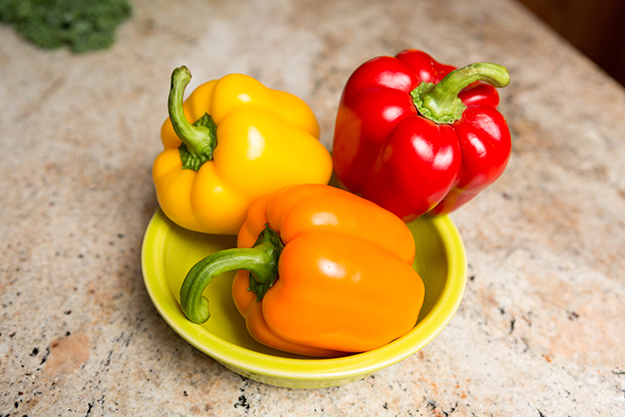
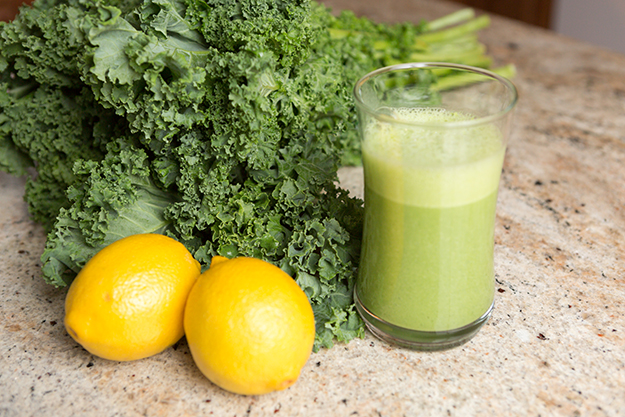
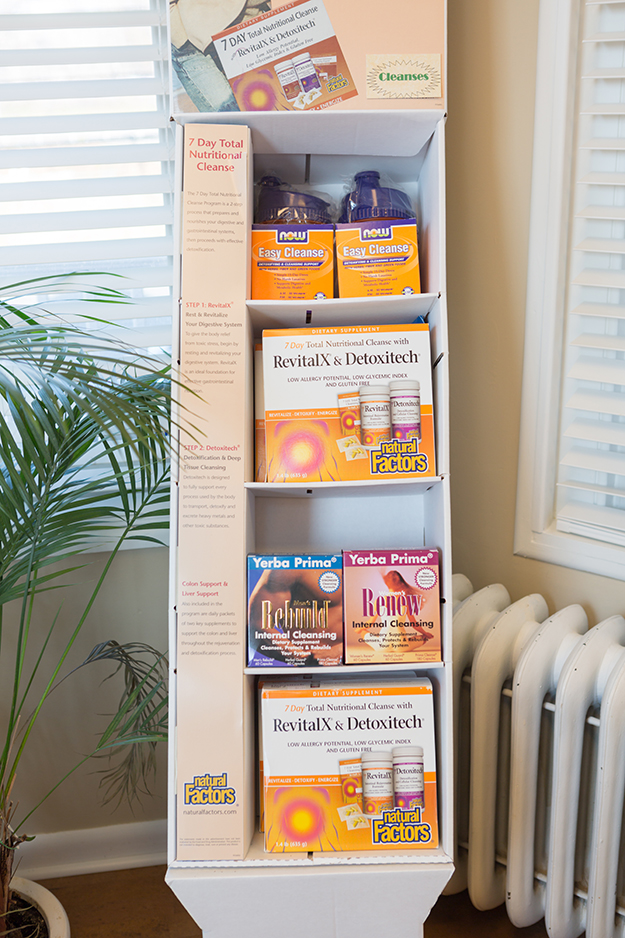
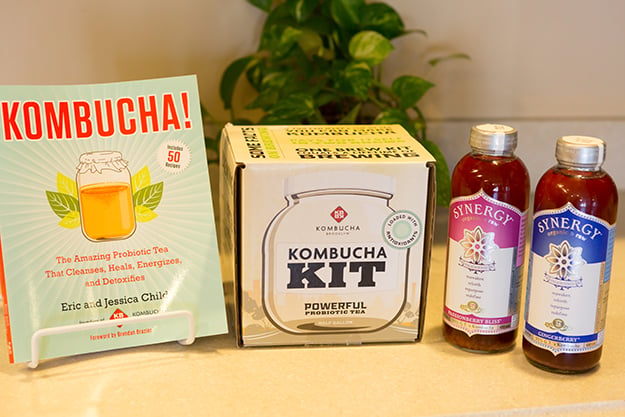
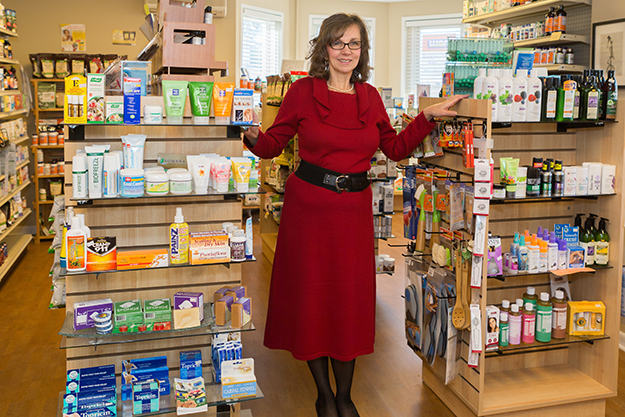
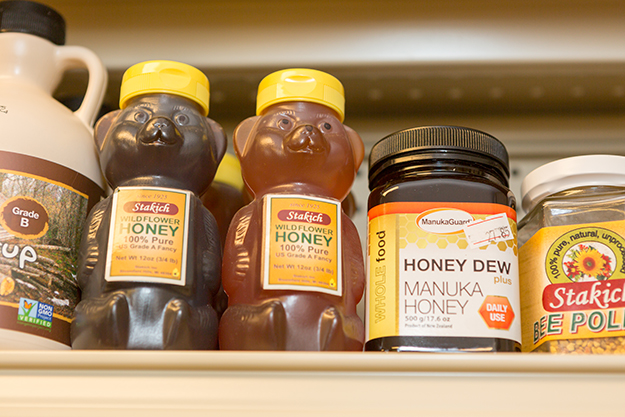
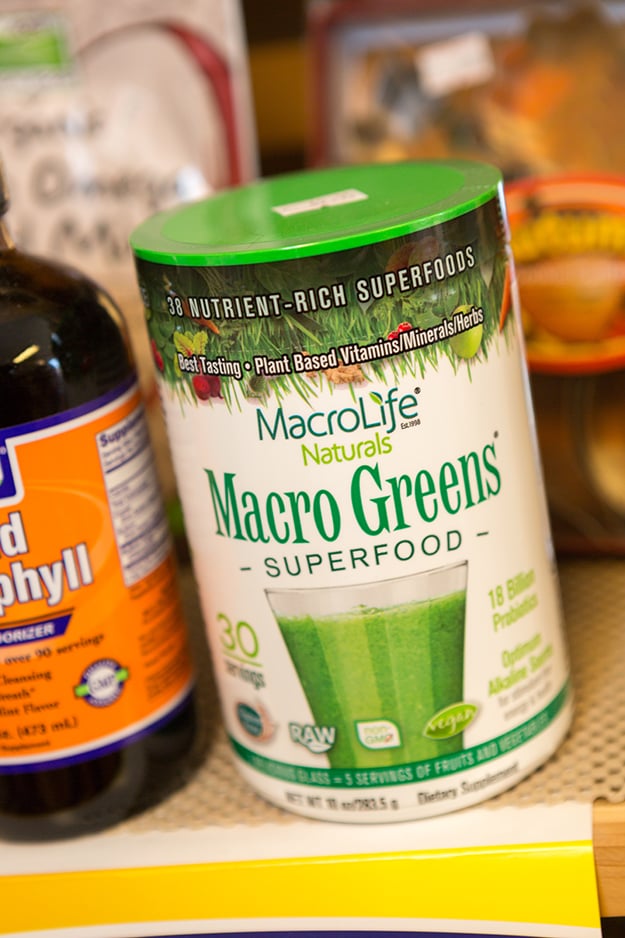
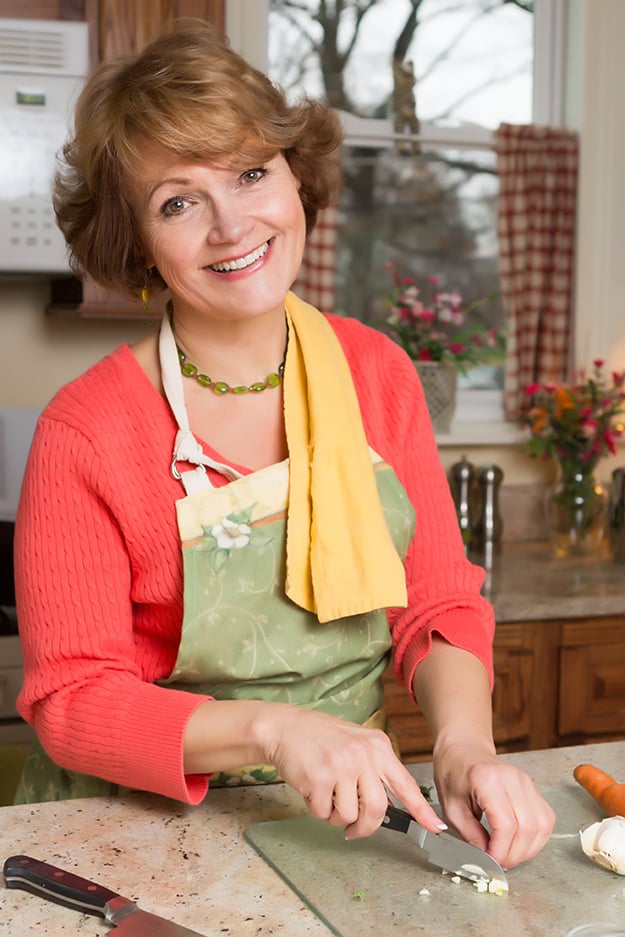
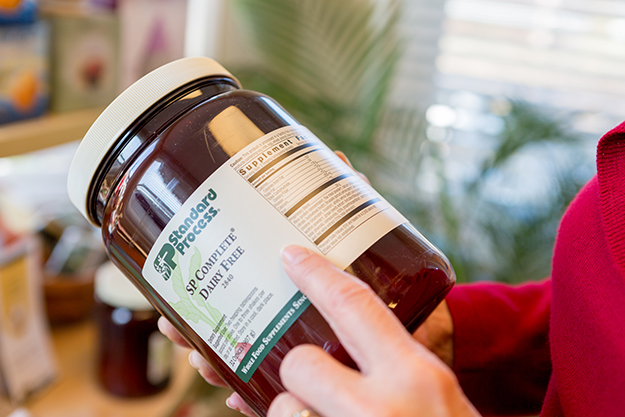
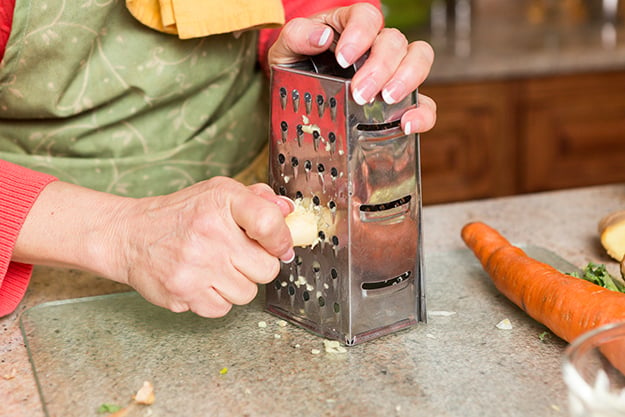
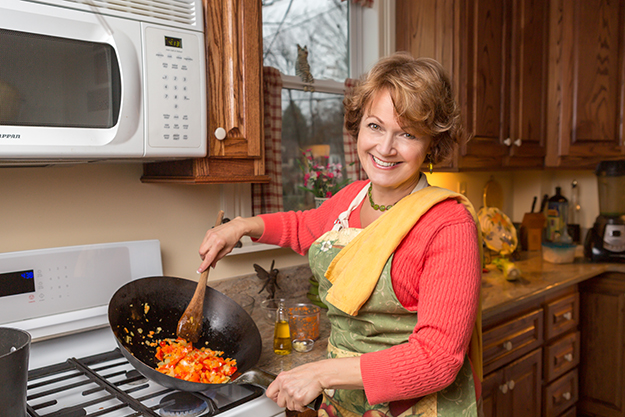
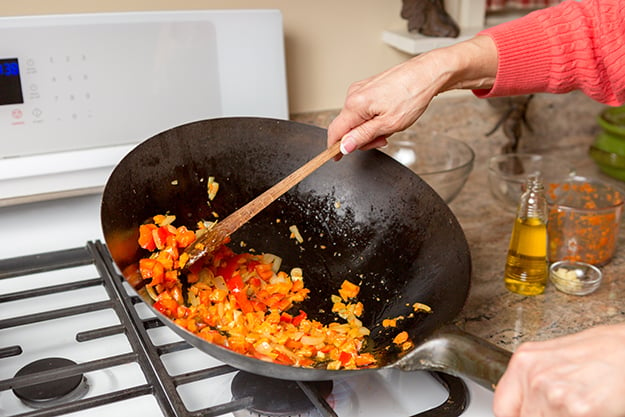
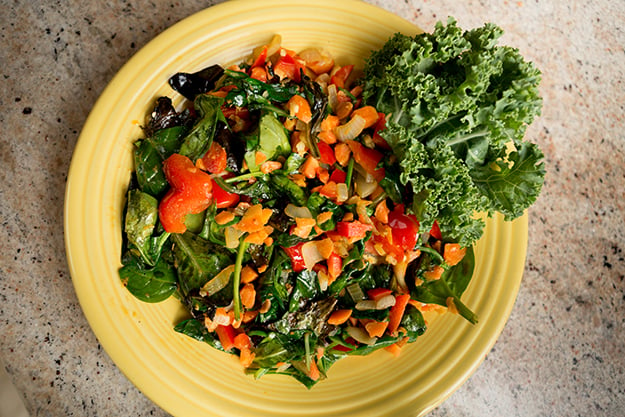
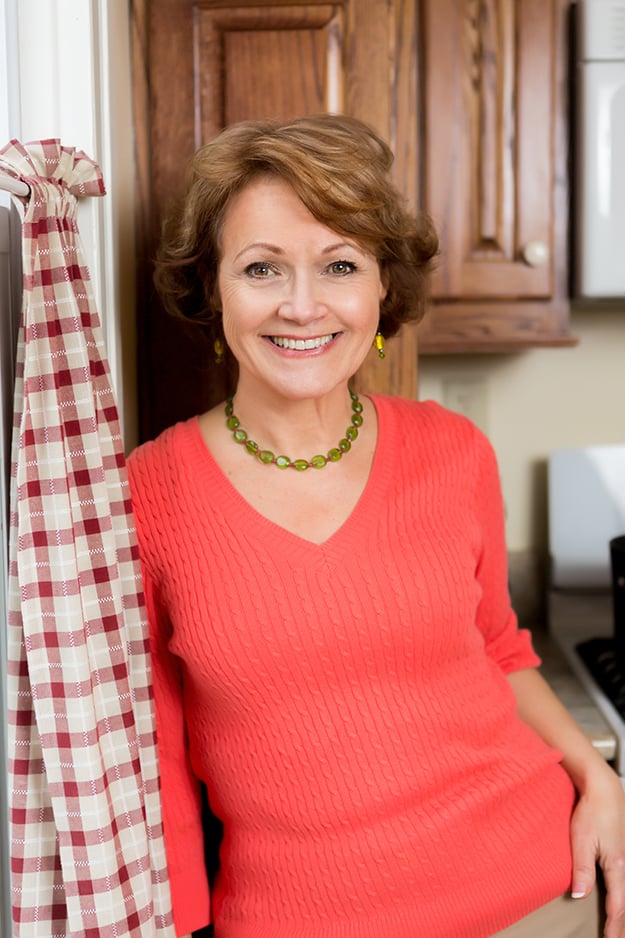

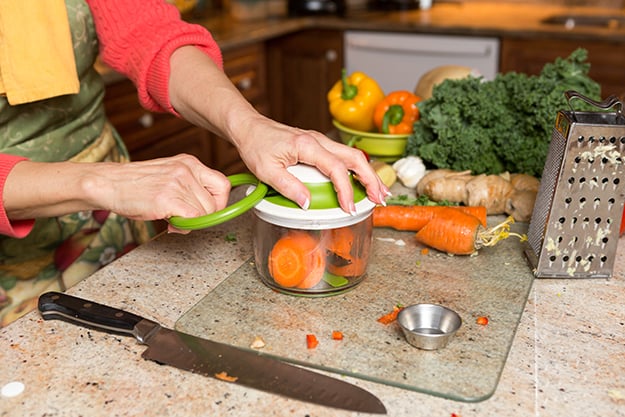
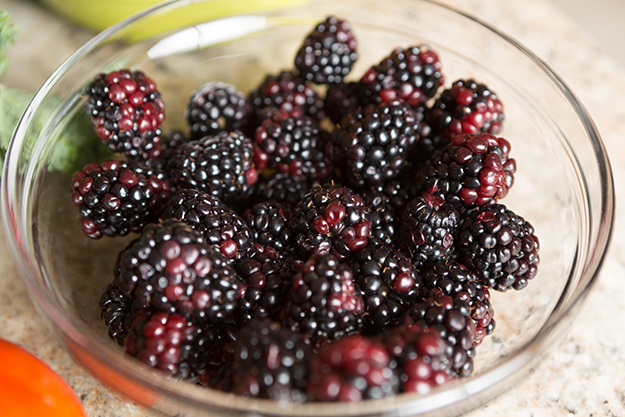
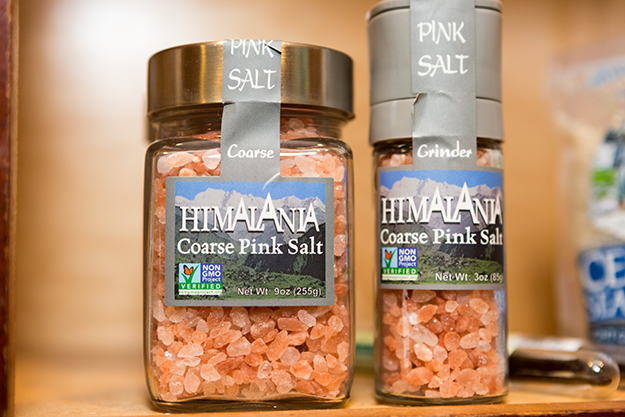
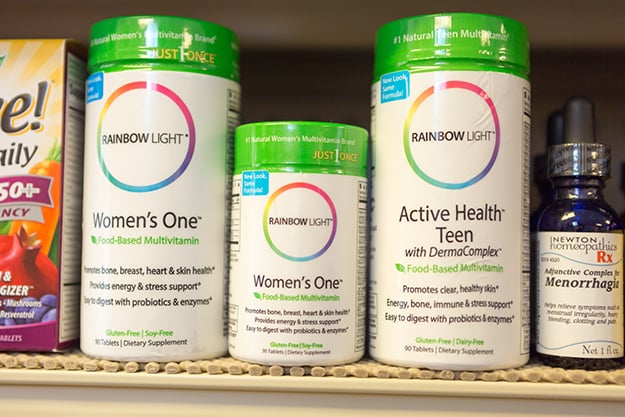
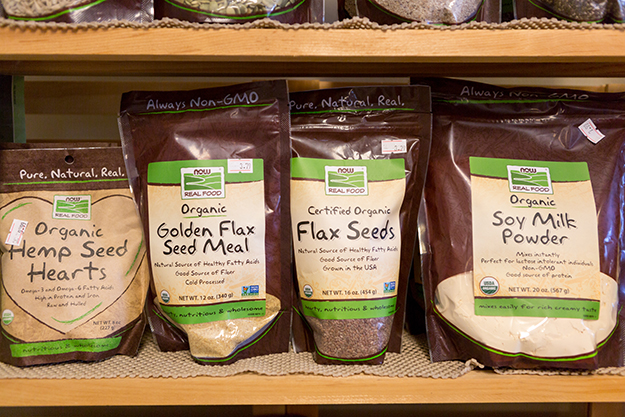
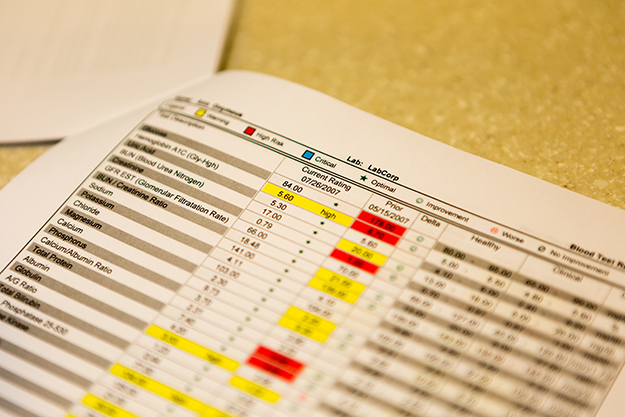
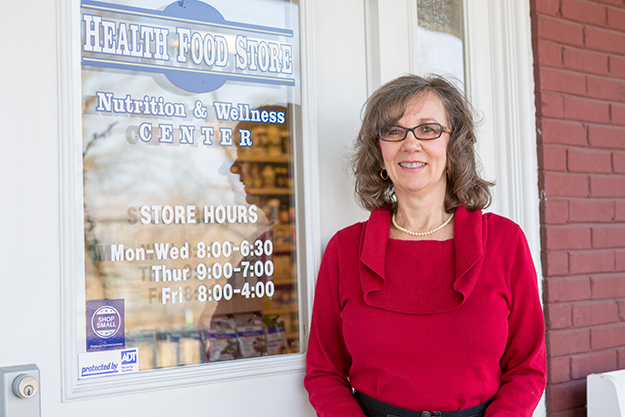
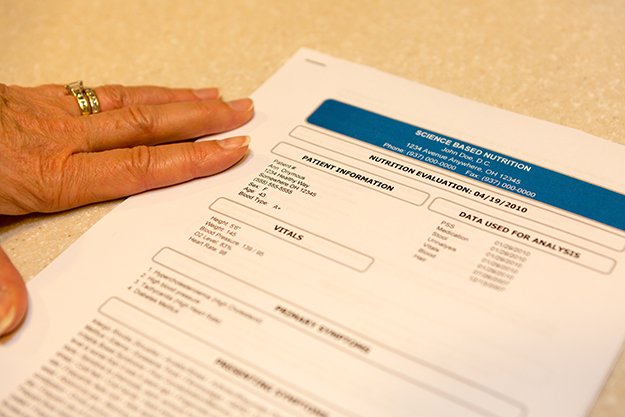
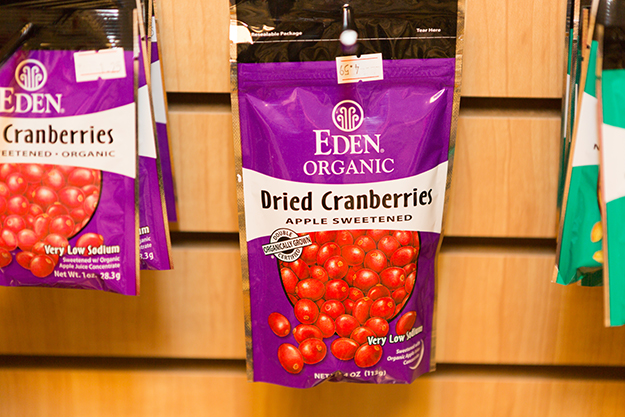
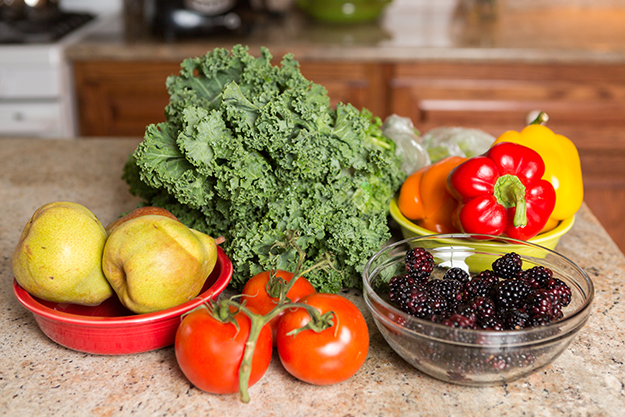
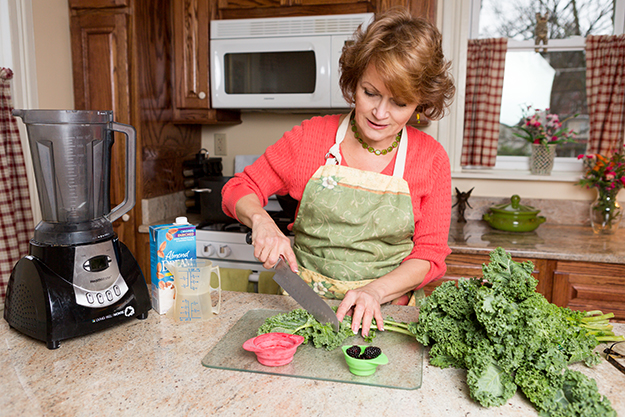
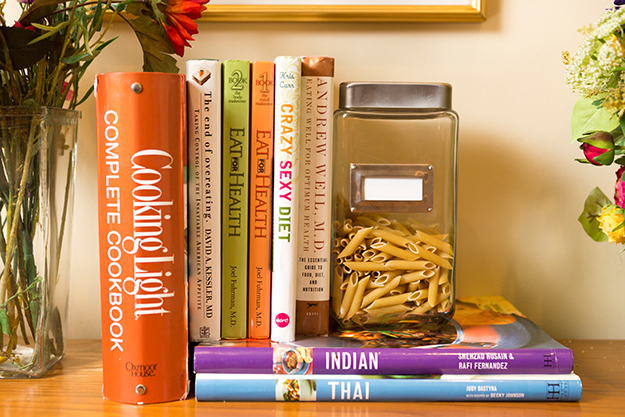
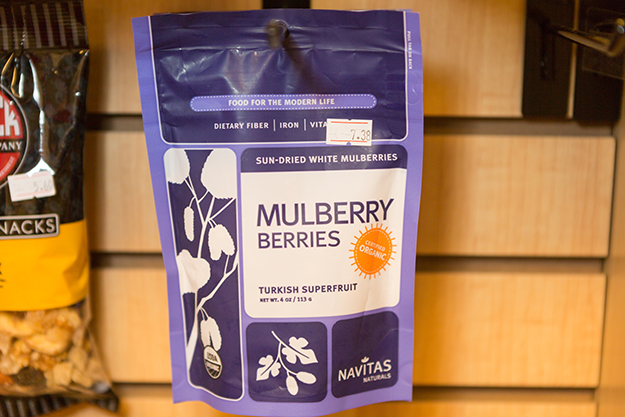
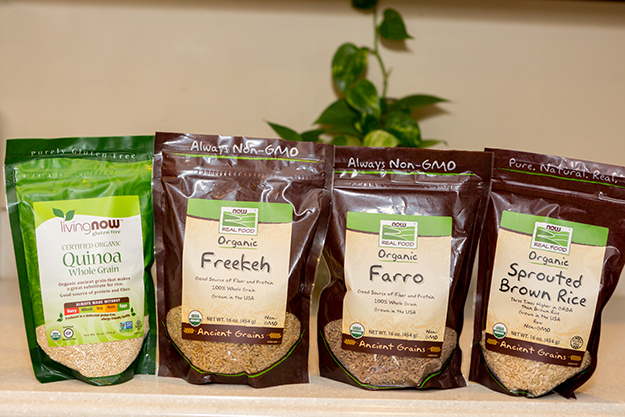


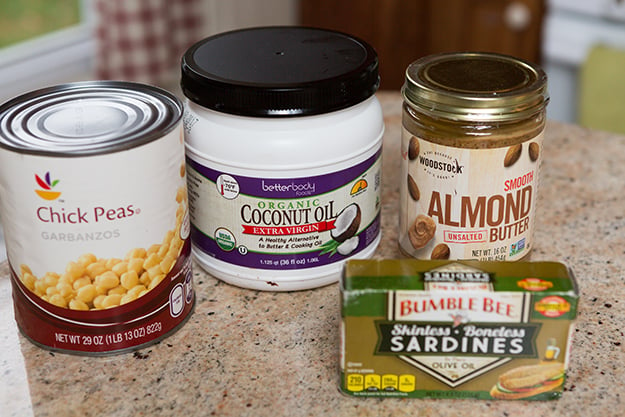
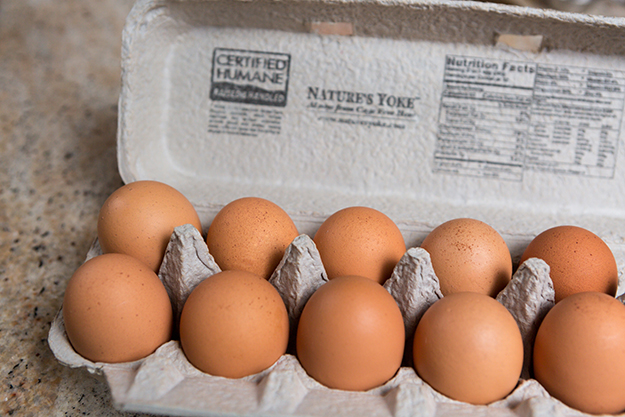
By Rebecca J. Doubek | Photos by Rose Rossello, Rossello Photography















